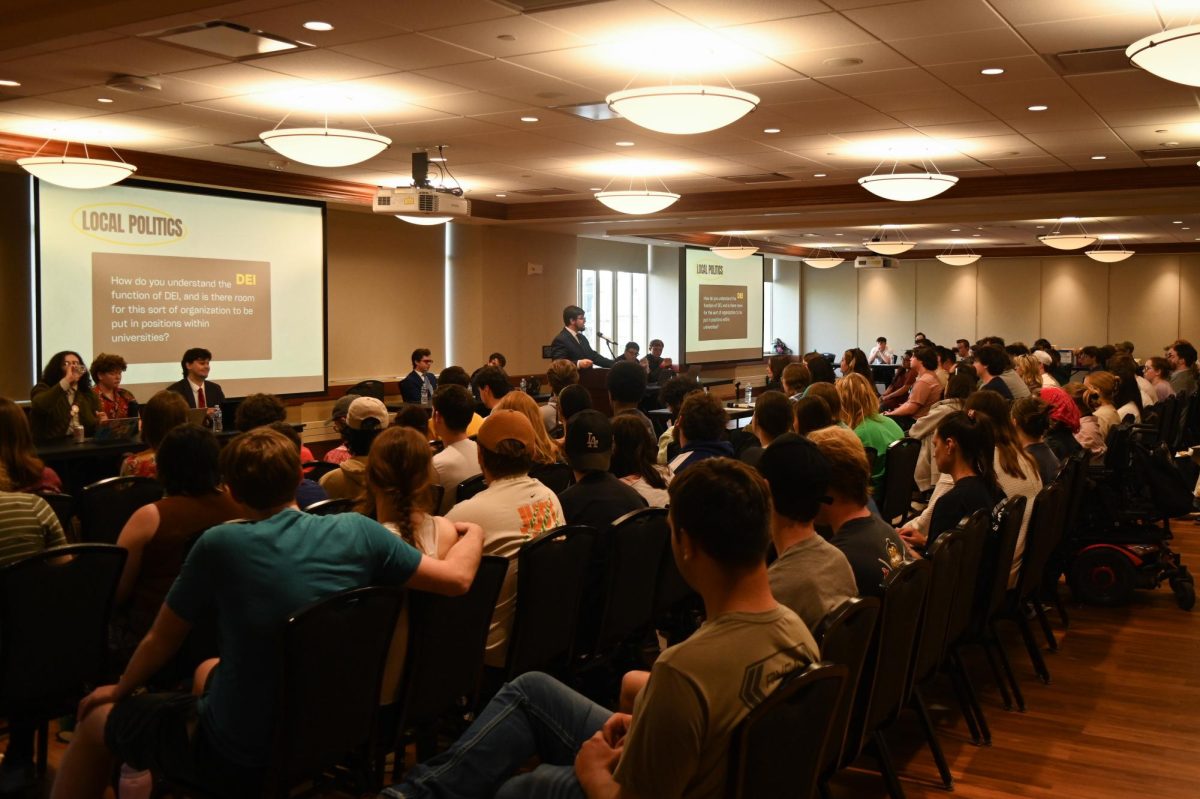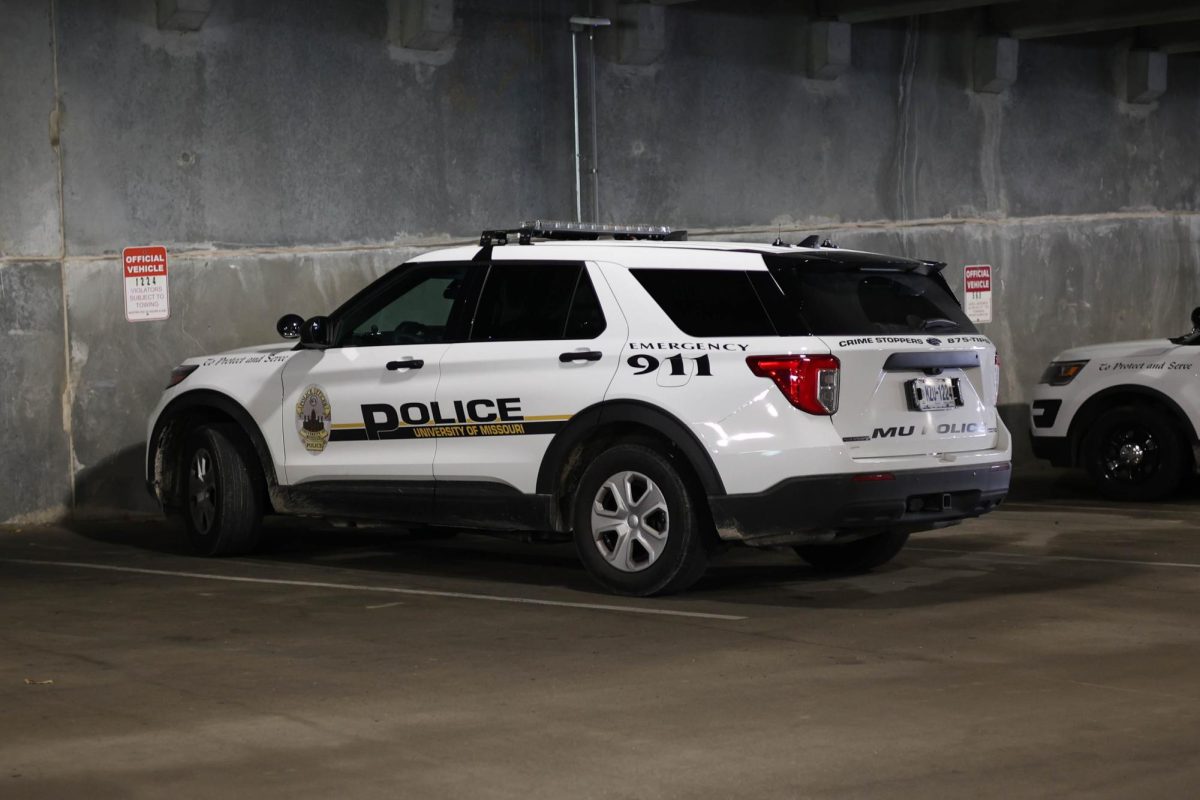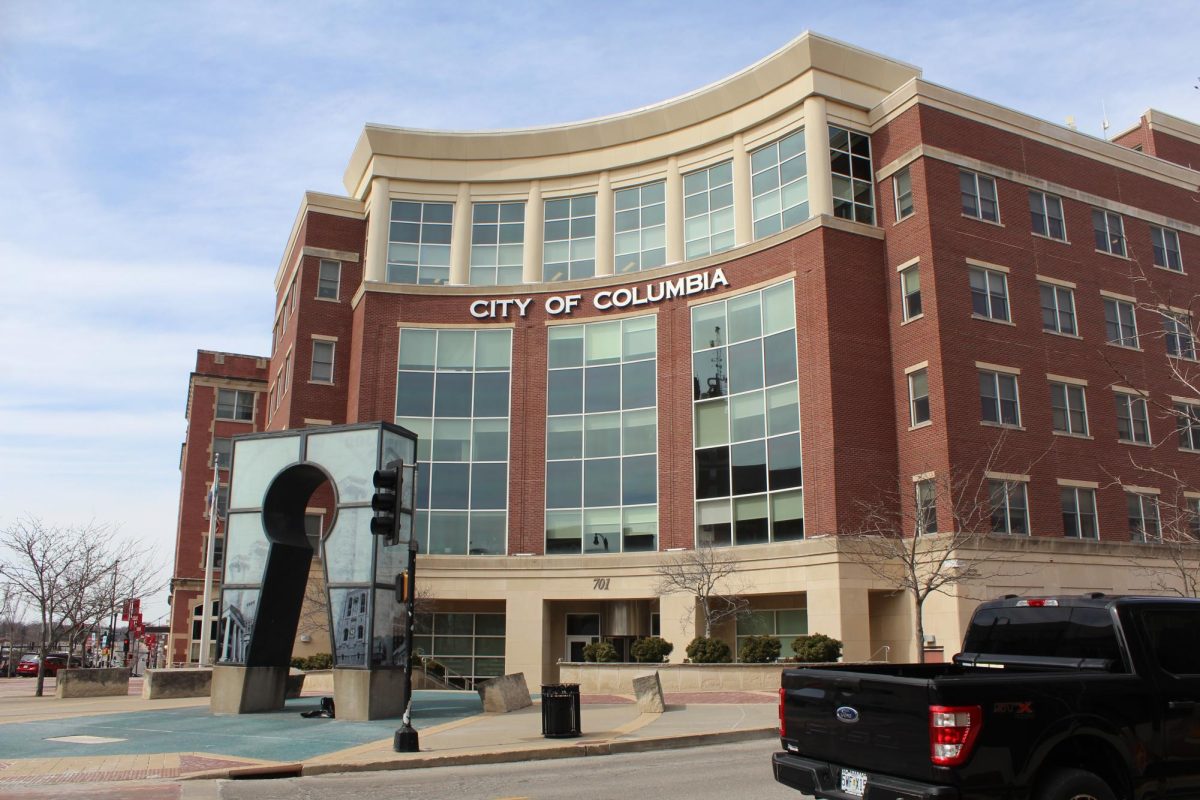I’ve always been more of a cops-and-robbers kind of guy than a cowboys-and-Indians one. The plot lines of most Westerns have been boring to me. They’re slow and clunky. There never seems to be enough action, and you don’t get nearly the psychological thrills you do from the “genius criminal vs. resourceful lawman” dynamic. Instead, they opt for a heavy dose of intimidating stare-downs and sparse shooting. It just feels like an old, outdated way to make a movie — a relic of the past.
It hasn’t been until recently that I’ve really started to “get” Westerns. Movies like the 2007 mouthful “The Assassination of Jesse James by the Coward Robert Ford,” and video games such as “Red Dead Redemption” have seen me changing my tune about the Wild West. The genre itself has seen a bit of an evolution. Westerns are no longer so black and white (both literally and figuratively), and technology has allowed the visceral nature of the West to really come through.
Armed with my newfound respect for the Western, coupled with my eternal love for Jeff Bridges, I was absolutely pumped for “True Grit,” and it didn’t fail to deliver.
“True Grit” follows the story of Mattie Ross (Hailee Steinfeld,) a girl whose father is killed by outlaw Tom Chaney (played by the incredibly underutilized Josh Brolin). Ross is determined to see Chaney put to justice, but the local sheriff isn’t about to waste resources going after him.
Instead of accepting this, Ross hires the meanest U.S. Marshal of them all to track Chaney down: Rooster Cogburn (Jeff Bridges.) At the same time, Texas Ranger LaBoeuf (Matt Damon) is also tailing Chaney for the murder of a senator.
Despite the star power coursing through “True Grit,” it’s Hailee Steinfeld who ends up stealing the show. Never once does she come off as the whiny kid the character appears to be made for.
In fact, nothing about “True Grit” feels stereotypical. Jeff Bridges is able to pull double duty, as both a total badass and the movie’s main source of comic relief, without jeopardizing either aspect of the character. Josh Brolin, a big star in his own right, only appears in half the film, despite being the main antagonist. And the movie doesn’t end on a happy note to boot.
Most know “True Grit” is a re-make of the 1969 film of the same name. The question then predictably becomes, “Which one is better?”
In all actuality, it’s an unfair question. With over 40 years separating the two, there’s little they have in common other than similar plot threads and Rooster’s eye patch.
But refusing to answer isn’t very sporting, so here’s my recommendation: if you’ve yet to see the Oscar-winning John Wayne original, don’t feel bad for skipping it and
seeing the new one. For those who have caught the 1969 version, go in with an open mind and you’ll be reaping the rewards of a well-acted, well-written and well-directed movie.






